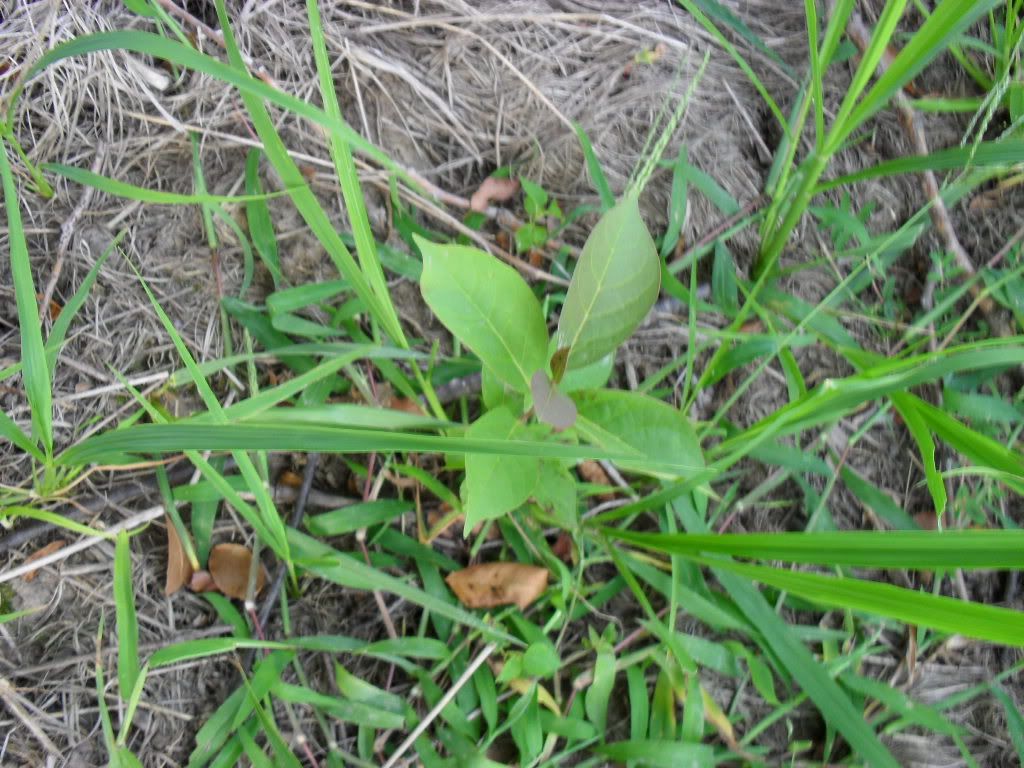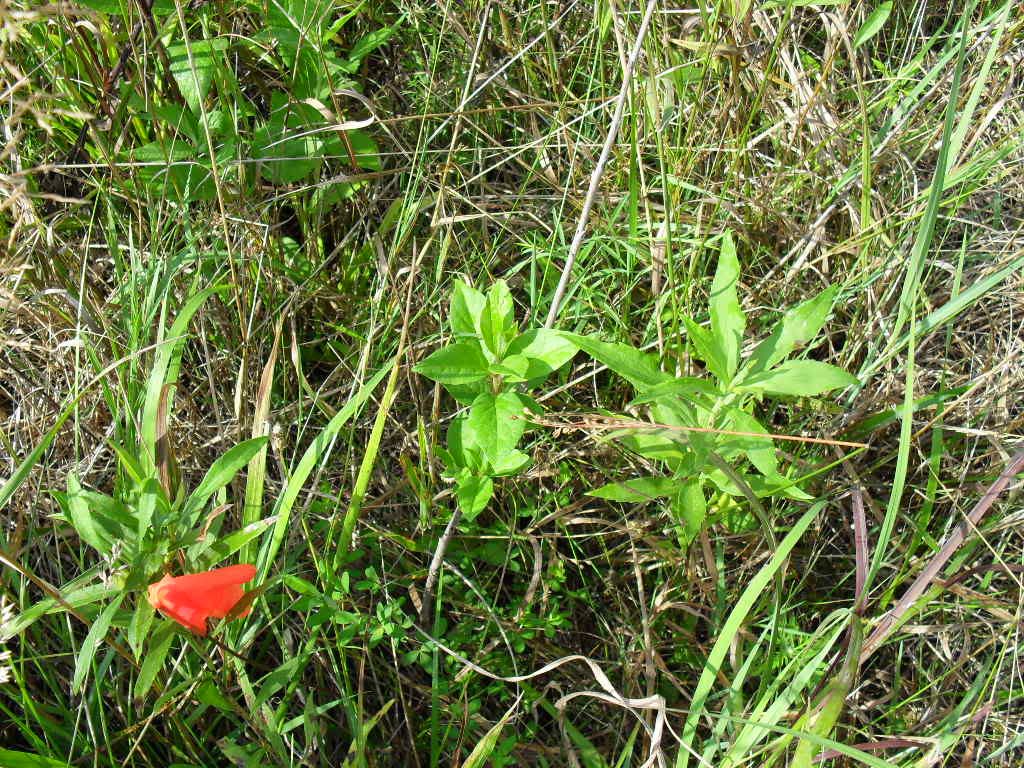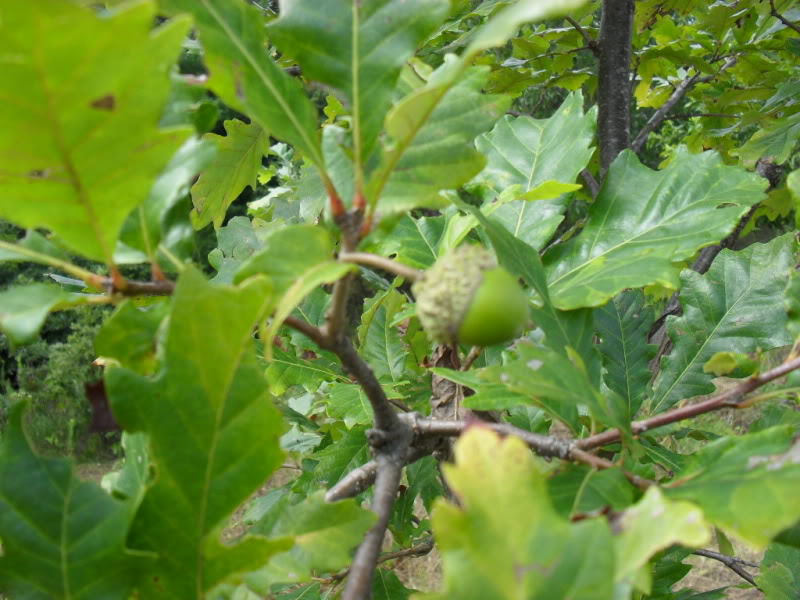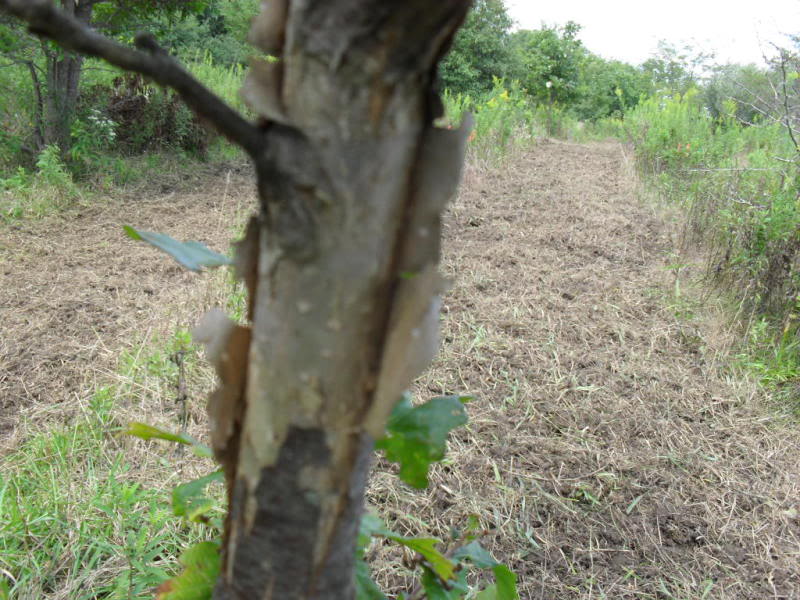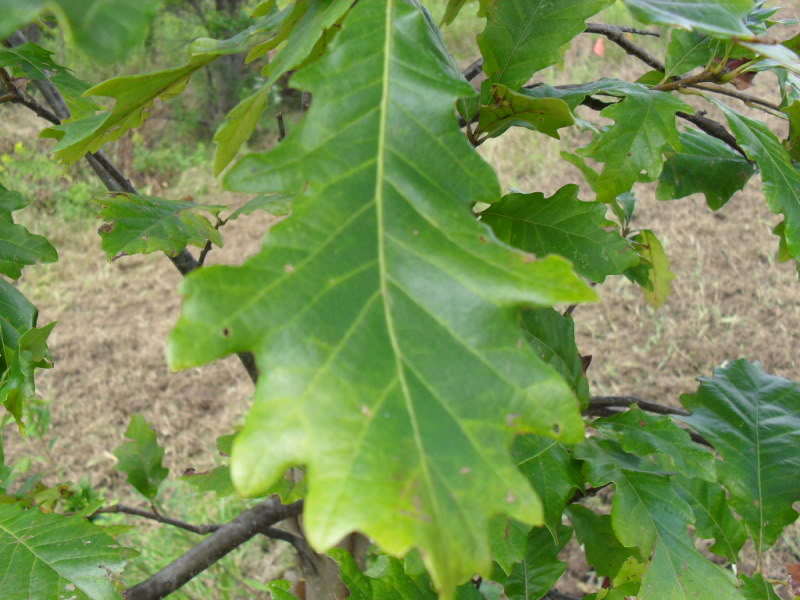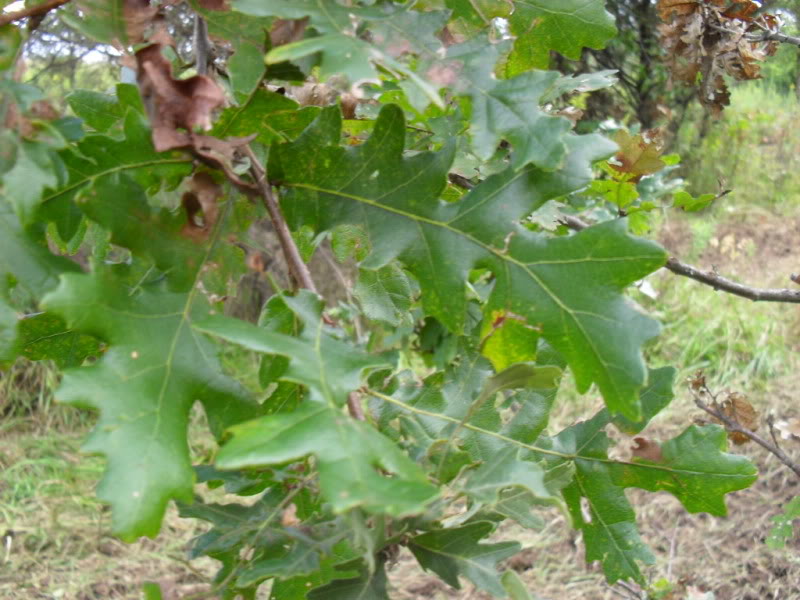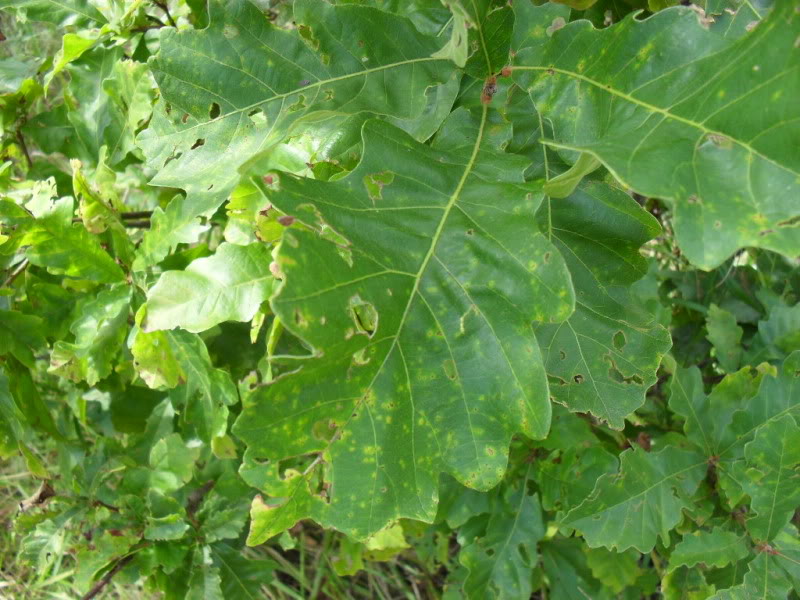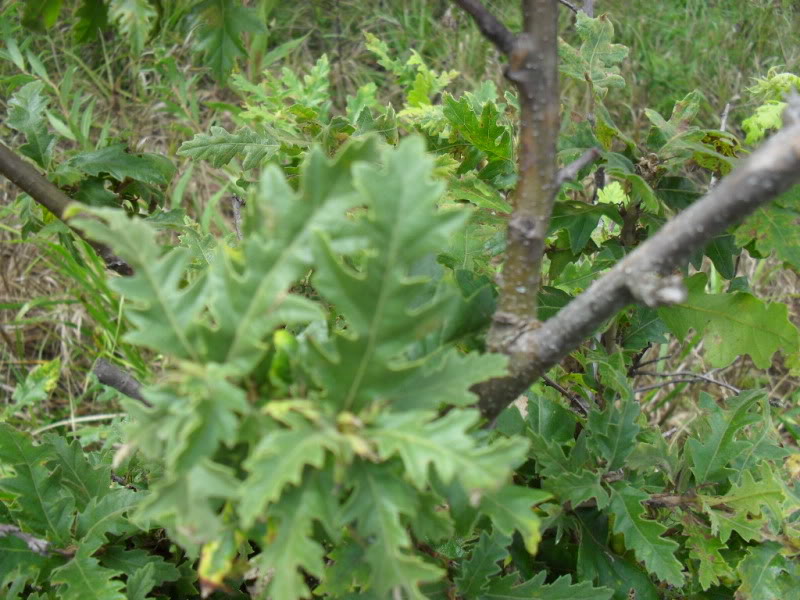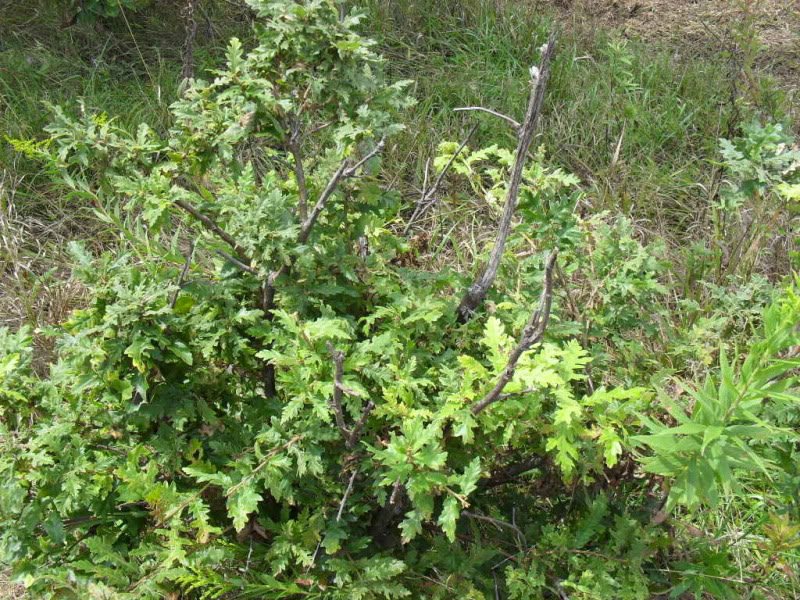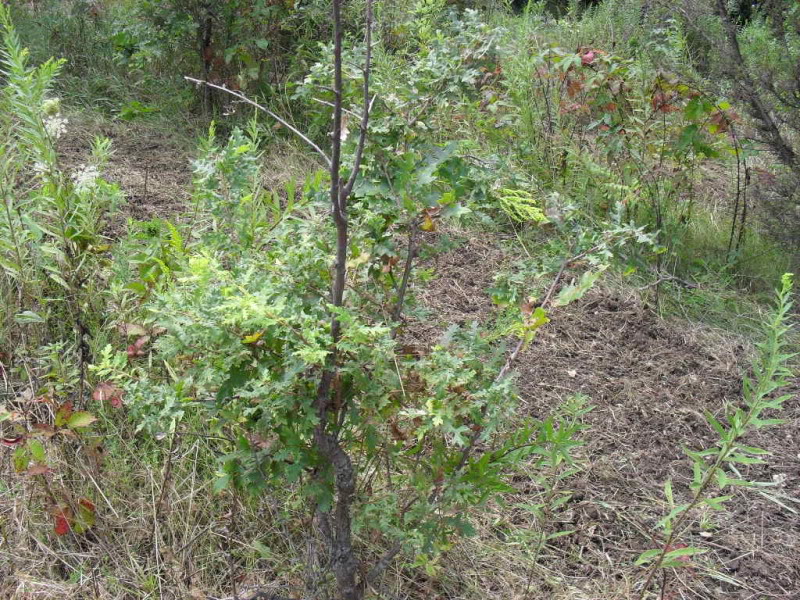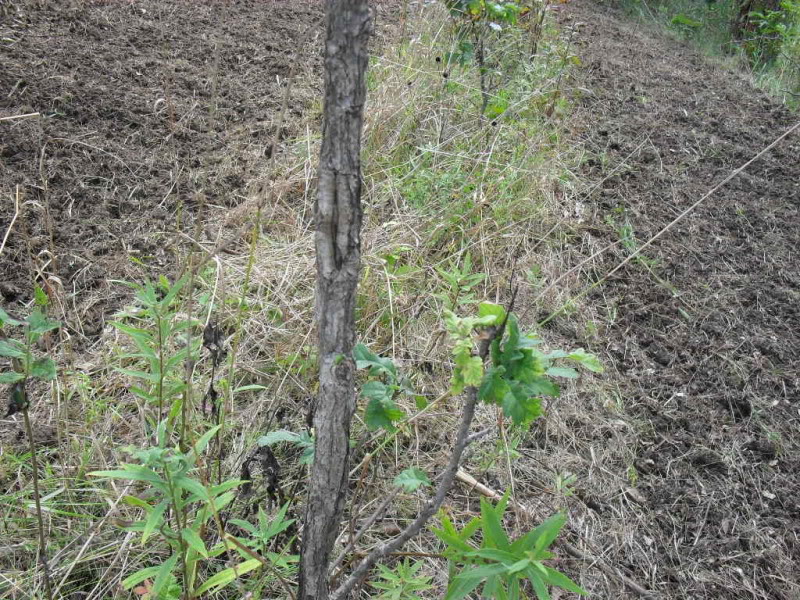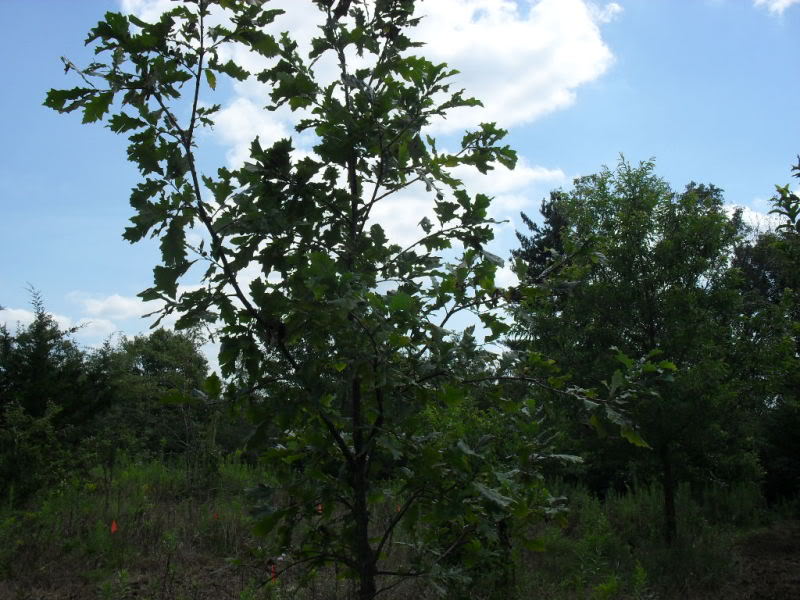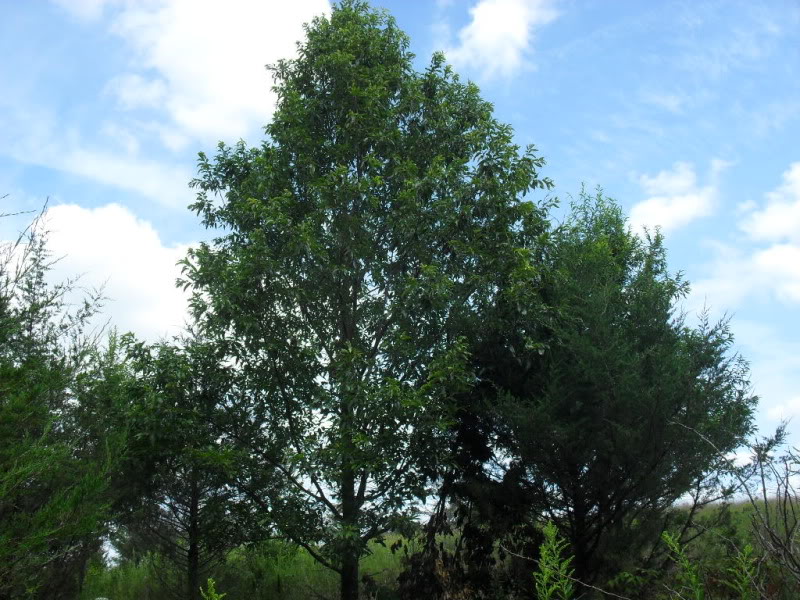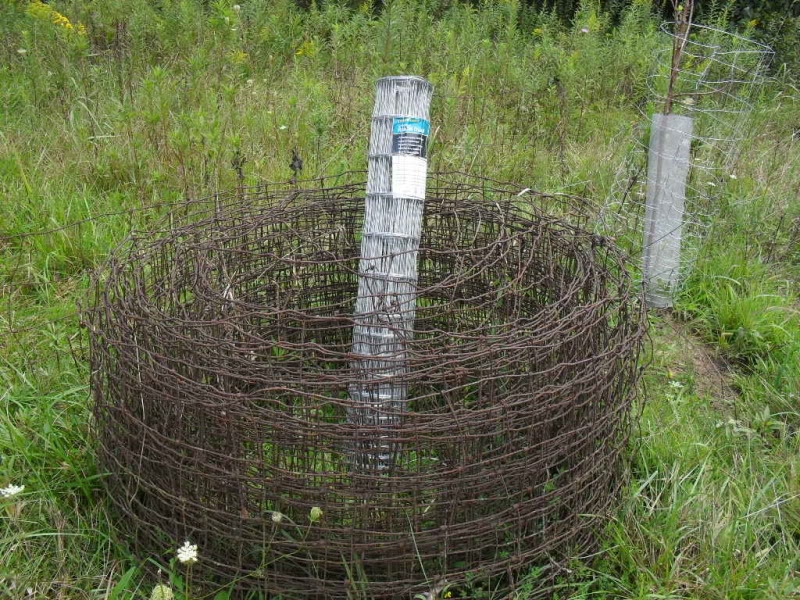Most seed managers do not like to store acorns over long periods, because their size requires large refrigerated storage space and because viability declines each year. Acorns of most red oaks can be stored for 3 years without critical losses in viability (Bonner 1973), while most white oaks can be stored only 6 months without complete loss of viability. One solution to the problem is to plant acorns in the fall immediately after collection and avoid storage. For some nurseries and conditions, this option is a good one for next years crop. Short-term storage under good conditions between collection and sowing is essential to maintain good acorn quality, however, and many managers would like to store extra acorns for use 1 or 2 years later. Since good storage practices for both purposes require the same facilities and procedures, the recommendations are the same. (Bonner, 1993)
Acorns of red oak species should be stored with their moisture contents at 30 percent or higher in temperatures near, but above, freezing (34?F to 40?F). Air-tight storage is lethal, so containers must allow some gas exchange with the atmosphere while maintaining high acorn moisture levels (Bonner 1973). Polyethylene bags with a wall thickness of 4 to 10 mils are good. For large quantities of acorns, storage can be in drums, cans, or boxes with polyethylene bag liners. Container tops and liners should not be completely closed; this will allow sufficient gas exchange. If water collects in the bottoms of storage containers, it should be drained from acorns intended for storage longer than over winter. (Bonner, 1993) (Table:Germination and Moisture Contents of Cherrybark Oak Acorns)
With proper care, many southern red oaks should maintain good viability for at least 3 years. We have had good success in our laboratory with water, cherrybark, and Nuttall oaks (Q. nuttallii Palmer), but less success with Shumard and willow (Q. phellos L.) oaks. Similar methods were used by Farmer (1975) for successful storage of northern red and scarlet (Q. coccinea Muenchh.) oaks, and by Suszka and Tylkowski (1982) for northern red oak in Poland. (Bonner, 1993) (Table: Viability and Retention of Various Southern White Oak Acorns)
With few exceptions, white oak acorns cannot be stored longer than over winter (4 to 6 months) without complete loss of viability. For over-winter storage, the same methods outlined for red oak storage should generally be used. Thinner polyethylene (1.75 mil) or cloth bags may be advantageous for white oaks because of a need for greater aeration (Rink and Williams 1984). Schroeder and Walker (1987) reported excellent results in storage of bur oak (Q. macrocarpa Michx.) for 6 months at 34?F and 44 percent acorn moisture in sealed plastic bags. No information was given on the thickness of the bags. Any reduction in acorn moisture significantly decreased germination capacity and rate. Laboratory testshave provided some rare successes with storing white oaks species. (Bonner, 1993).
Moisture content remains a crucial factor throughout storage. With acorn moisture levels above 30 percent and temperatures above freezing, respiration proceeds at a rapid rate. This process gradually decreases acorn dry weight, causing small increases in the percentage of moisture over time (Table:Germination and Moisture Contents of Cherrybark Oak Acorns). Schroeder and Walker (1987) found no increase in bur oak moisture content over 6 months of storage, but Gosling (1989) reported that English oak acorn moisture contents increased as much as 5 percent over 6 months in storage. The loss in dry weight is why a static state of equilibrium between internal acorn moisture and the storage atmosphere, such as we find in orthodox species, is never reached for acorns. Approximate equilibrium moisture contents have been determined for a few species, but these probably change over long storage periods. Note that white oak has much higher equilibrium levels than the two red oak species. This is because starch, the major storage food in white oak, is more hygroscopic than lipid, the major storage food in red oaks. (Bonner, 1993)
